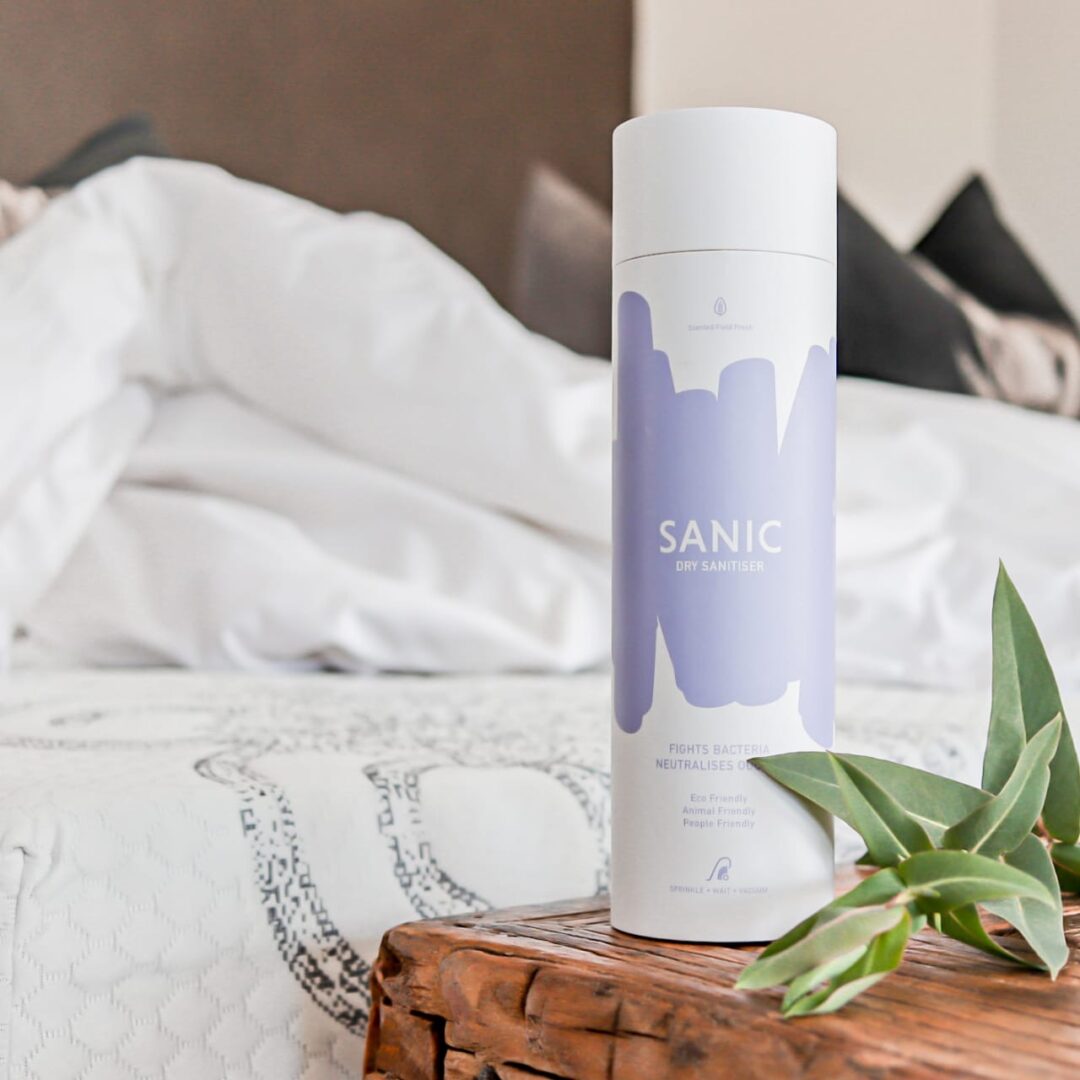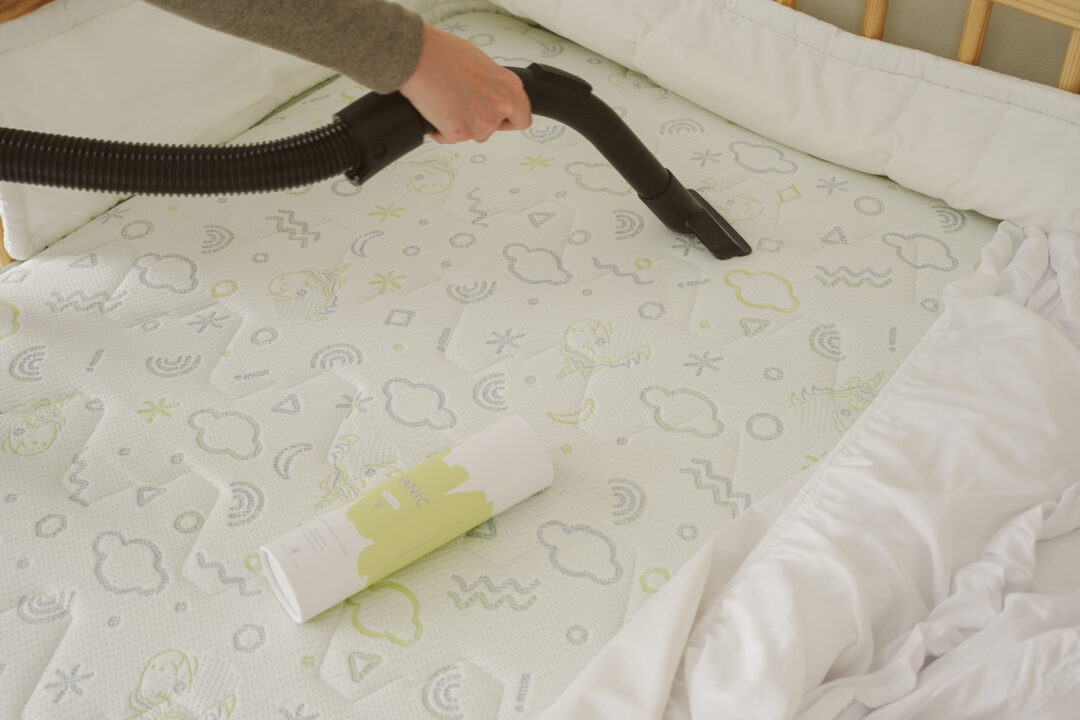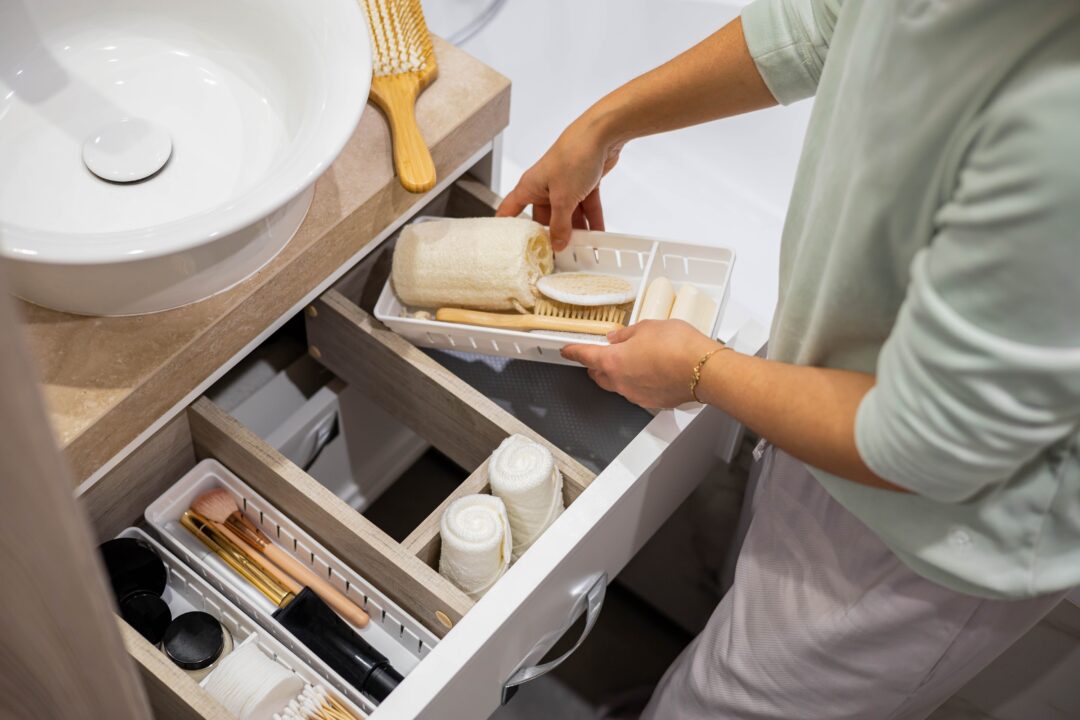KwaZulu-Natal, Gauteng, Eastern Cape and other parts of South Africa have experienced heavy rainfall and flooding in the last few weeks. This has resulted in many home and business owners finding themselves dealing with damp buildings and furnishings, and structural damage.
Now, if you’ve experienced any flooding at home or work, here’s what you need to do:
SAFETY FIRST
The most important thing to consider before going into a building after a flood is safety. As the first port of call, if it seems that the building has suffered flooding from a significant amount of water, call both a qualified electrician and a building contractor to check your electrical connection and to be sure that your office or home is structurally safe for occupation.
CHECK FOR CONTAMINATION
If flood water comes from a river, it could contain contaminated water, eek! Now, while bacterial content isn’t always an issue, with the increasing reports of water contamination throughout the country, we strongly encourage you to investigate the source of the flooding.
Africa’s #1 home service platform, SweepSouth, advise that surfaces are disinfected with a strong bleach solution to kill off any bacteria.
BOOK A HOME SERVICE
Once you’ve completed the steps above, and most of the damage has been cleared away, outsource some more help for the cleanup. SweepSouth has simplified the process for booking, managing, and paying for home services online, and are able to assist with general home and office cleaning. More on what you can expect from a service can be found here, along with some extra tasks you may require like inside cabinet cleaning, interior wall washing and window cleaning.
BEWARE OF MOULD
Air treatment specialists, Solenco, advise that the property, especially homes, must be dried out as quickly as possible once a flood has subsided as mould will start to grow within the first 24 to 72 hours.
We all know that mould is potentially dangerous to the respiratory and immune systems, causing breathing problems and even triggering asthma attacks in some cases. Carpets and furniture that were submerged, should be completely removed and drywall that was soaked, should be cut out and discarded.
INVEST IN A DEHUMIDIFIER
Another method that is fast and effective for removing excess moisture and the possibility of mould, is to use a dehumidifier. Dehumidifiers are used to remove deeply embedded moisture, even from wooden furniture. Like a vacuum, a dehumidifier breathes in air, removes all the moisture, and then breathes dry air out again.
Some dehumidifiers even have the added advantage of a built-in air purifier function, which fights allergens and the inhalation of mould spores, following flooding from a contaminated source.
Stay alert for mould or any odours, even in smaller areas of your home, where there may be a small leak, indicating the presence of mould. And if you’re still in doubt, get a mould expert to test your home!
- Book a home cleaning service
- Book an outdoor cleaning service








